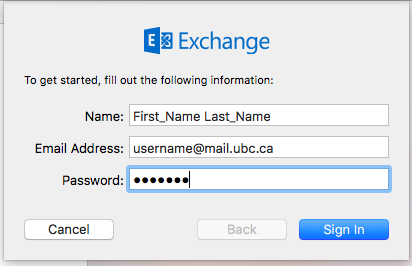
I needed to correlate this with the data being received on the Exchange server. The response included data that was requested by POST operation. Notice how the pattern looks similar to Mac Mail’s second POST request, however, it ends with 200 OK. POST /ews/exchange.asmx 401 Unauthorized POST /ews/exchange.asmx 401 Unauthorized POST /ews/exchange.asmx 200 OK When comparing that with Outlook for Mac, the pattern looked like the following: However, this time the pattern followed multiple 401 responses from server and ended with 400. At this point Mac Mail client started with another POST operation to EWS. Notice how initial dialog included challenge response for NTLM authentication and ended with 200 OK. POST /ews/exchange.asmx 401 Unauthorized POST /ews/exchange.asmx 401 Unauthorized POST /ews/exchange.asmx 400 Bad Request POST /ews/exchange.asmx 401 Unauthorized POST /ews/exchange.asmx 200 OK Looking at the trace captured using Wireshark on the client machine, I noticed the following HTTP dialog:
Mac mail client for exchange for mac#
Microsoft Outlook for Mac did not have issue connecting to Exchange even before we changed 100-continue handling to be RFC-7231 compliant.Īt this point, I decided to look at the network trace. Since we addressed the 100-continue handling in Part 1 of this article, ExRCA tests did not indicate any more issues. Let’s see what we can do to get the Mac Mail to connect successfully to Exchange servers. We also discussed troubleshooting steps that addressed the issue of unable to pass EWS tests, however, we stopped there since Mac Mail failed to connect despite ExRCA EWS tests passed.


In Part 1 of this article, we discussed symptoms of Mac Mail unable to connect to Exchange 2016 servers through KEMP LoadMaster load balancers.


 0 kommentar(er)
0 kommentar(er)
